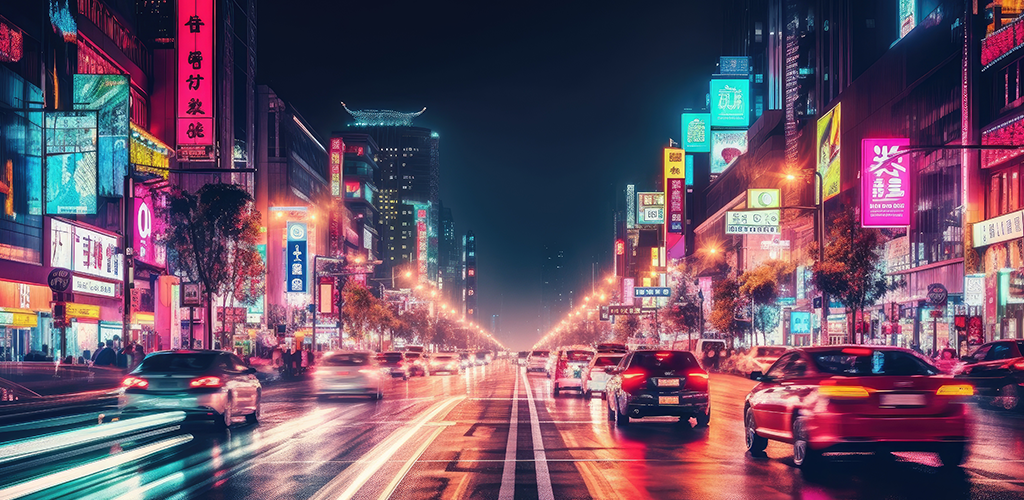
As urban areas evolve into smart cities, digital signage is becoming an integral part of the transformation. Smart cities leverage technology to enhance the quality of life for their residents, improve efficiency in urban management, and promote sustainable development. Digital signage plays a crucial role in this ecosystem by providing real-time information, enhancing communication, and creating interactive experiences. Let’s explore how digital signage is shaping the future of smart cities.
One of the primary functions of digital signage in smart cities is to disseminate real-time information. Whether it’s traffic updates, weather forecasts, emergency alerts, or public transportation schedules, digital signage ensures that residents and visitors have access to timely and relevant information. This enhances the overall efficiency of city operations and helps people make informed decisions.
Digital signage contributes to public safety by providing instant alerts and instructions during emergencies. For example, in the event of a natural disaster or security threat, digital signs can display evacuation routes, safety tips, and emergency contact information. This rapid communication can save lives and reduce panic during critical situations.
Smart cities aim to make public transportation more efficient and user-friendly. Digital signage at bus stops, train stations, and airports provides real-time updates on arrival and departure times, route changes, and service disruptions. This helps commuters plan their journeys more effectively and reduces waiting times.
Navigating through a bustling city can be challenging, especially for tourists and newcomers. Interactive digital signage offers wayfinding solutions that guide people to their destinations. These touchscreens can provide maps, directions, and information about nearby attractions, restaurants, and services, making urban exploration more convenient and enjoyable.
Digital signage offers a more sustainable alternative to traditional print advertising. By reducing the need for paper and ink, digital signs contribute to environmental conservation. Additionally, digital signage can display multiple advertisements in a single location, maximizing the use of space and reducing visual clutter.
Smart cities thrive on active community engagement. Digital signage can be used to promote local events, community programs, and public services. Interactive screens can also gather feedback from residents, allowing city planners to understand the needs and preferences of the community better.
In smart cities, digital signage enhances the retail experience by providing personalized advertisements and promotions. Retailers can use data analytics to display targeted content based on customer demographics and behavior. This not only boosts sales but also improves customer satisfaction by offering relevant and timely information.
Digital signage can also be a medium for showcasing art and culture in smart cities. Public art installations, digital galleries, and cultural event promotions can be displayed on digital screens, enriching the urban environment and making art more accessible to everyone.
Digital signage is a cornerstone of smart city infrastructure, offering numerous benefits that enhance urban living. From real-time information dissemination and public safety to sustainable advertising and community engagement, digital signage is transforming how cities communicate and interact with their residents. As technology continues to advance, the role of digital signage in smart cities will only grow, making our urban environments smarter, safer, and more connected.
Embrace the future of urban living with digital signage and experience the myriad ways it can improve the quality of life in smart cities.